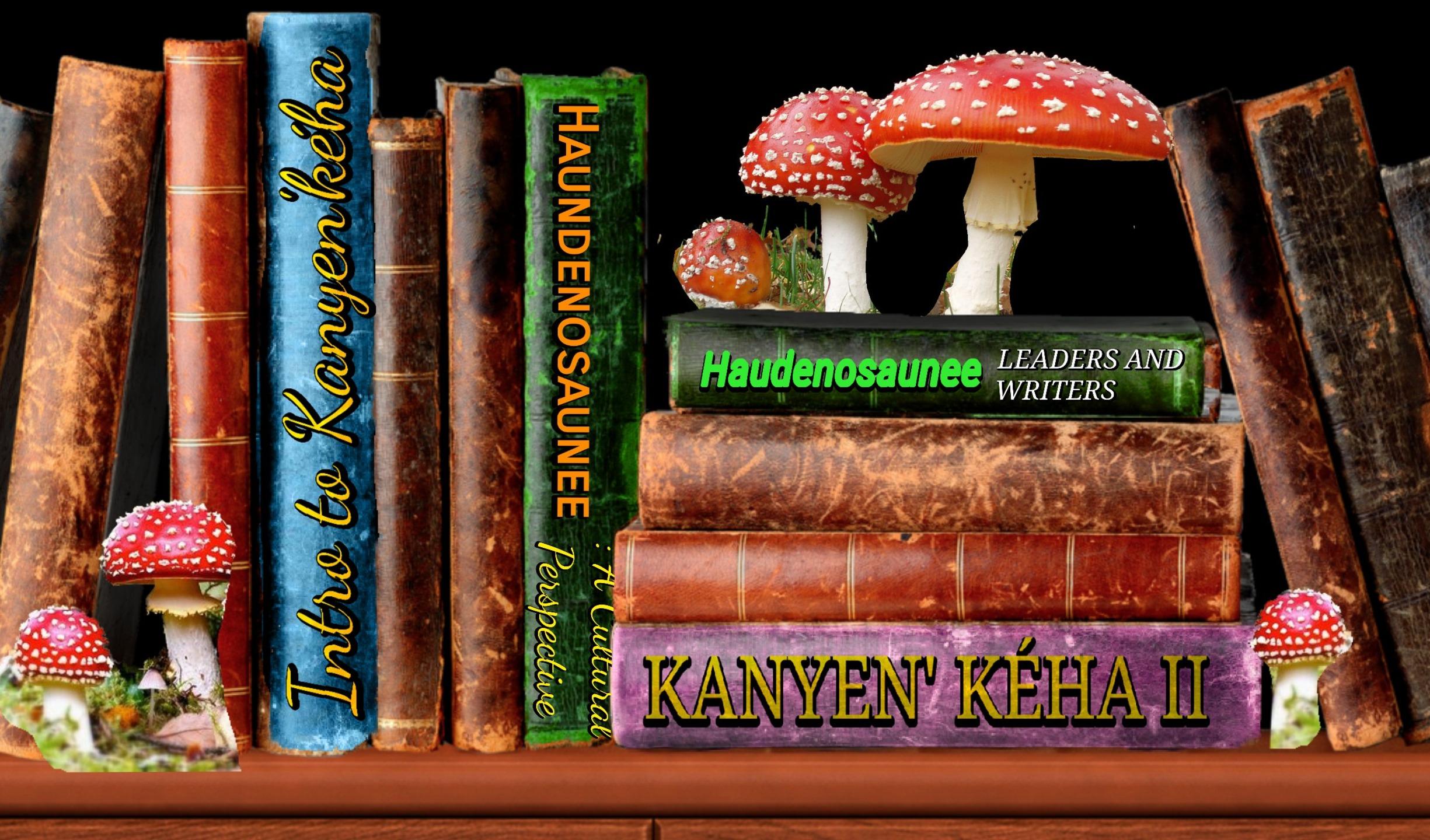By Jessica Mazze
Ryerson is introducing four new Indigenous courses for the upcoming academic year, including two language courses for students interested in learning introductory Kanyen’kéha (Mohawk) and better understanding Haudenosaunee cultures.
The two language courses are Introductory Kanyen’kéha I and II. They will offer students a basic foundation of Mohawk, a verb-based and polysynthetic language composed of morphemes, where single words may function as a whole sentence or phrase. Each morpheme takes on different meanings throughout different community dialects.
According to Ryerson’s undergraduate course calendar, the courses will focus on conversation and verb construction to provide students with a core understanding of the language, as well as basic grammatical structures of Mohawk.
The university has already offered Indigenous perspective courses across its undergraduate faculties. In 2018, Ryerson first offered an Anishinaabe language course through the School of Professional Communication. The new Mohawk and Haudenosaunee courses will be the first offered under the Languages, Literatures and Cultures department (LLC).
“Learning a language is a window into a culture,” said Enriqueta Zafra, the LLC department undergraduate program director. “You really don’t connect with that culture until you learn their language.”
Students in the courses will also explore Haudenosaunee culture, traditions and perspective to understand greater context and the history of the language.
“You don’t have to be familiar with the language at all. That’s the whole reason that you’re taking the classes, to develop familiarity with it”
Brandon Tehanyatarí:ya’ks Martin is the professor leading the development of the Kanyen’kéha courses and an assistant professor at the department of languages, literatures and cultures.
It has always been a dream of Martin’s to offer undergraduate and graduate students the opportunity to take courses that focus on Indigenous content, where they can learn about Haudenosaunee culture and build the foundation for language learning.
Martin, who is from the Six Nations of the Grand River, Ont., has spent over a decade working in the Haudenosaunee revitalization movement, which intends to preserve the language and culture. He previously worked as an administrator and taught Onöndowa’ga:’ Gawë:no ̈’ (Seneca language) adult immersion, a program that introduced Mohawk immersion within inner city Buffalo.
“In both of those positions, I’ve been developing [an] emerging curriculum,” he said.
Martin believes that a core foundation in language immersion can set up students to understand the different dialects of a language. “You’re always looking to start out with a grammatical foundation, just an idea of how the language works,” he said.
Cultural perspectives and Indigenous leadership will be taught in culture courses
The other new courses are focused on studying the history, traditions and practices of Haudenosaunee. Students will gain a deeper understanding of the Haudenosaunee culture and history, as well as the democratic governments of the Six Nations; the Mohawk, Cayuga, Oneida, Onondaga, Seneca, and Tuscarora nations.
Haudenosaunee Cultural Perspectives (HAU 100) will focus on developing an introductory understanding of Haudenosaunee culture and history. Students will learn about the importance of oral traditions and the formation of the first democratic government of Turtle Island.
The second course, Haudenosaunee Leaders and Writers (HAU 400), will analyze the texts and readings of different Haudenosaunee authors to gain a deeper understanding of the culture as presented in the works of leaders and scholars of the Haudenosaunee community. These courses will emphasize the importance of oral tradition, a key aspect of Haudenosaunee literature and culture.
For Zafra, these courses are important to the languages and intercultural relations program because they reflect “the efforts being made in understanding and building bridges with Indigenous languages and cultures.”
“Learning a language is an investment,” said Zafra. “You learn a lot about the history and the culture, but learning a language, you put yourself out there, you’re vulnerable, and you’re learning to see the world in a different way.”
Martin encourages students who aren’t familiar with the Kanyen’kéha Mohawk language to sign-up for the courses regardless. “You don’t have to be familiar with the language at all. That’s the whole reason that you’re taking the classes, to develop familiarity with it,” he said.
The course calendar doesn’t list any prerequisites or antirequisites for the four courses, making them available for students across all undergraduate faculties to take as an elective course or as part of their lower or upper level liberal courses. Students can sign up for these courses during the open enrolment period on August 23.











Leave a Reply